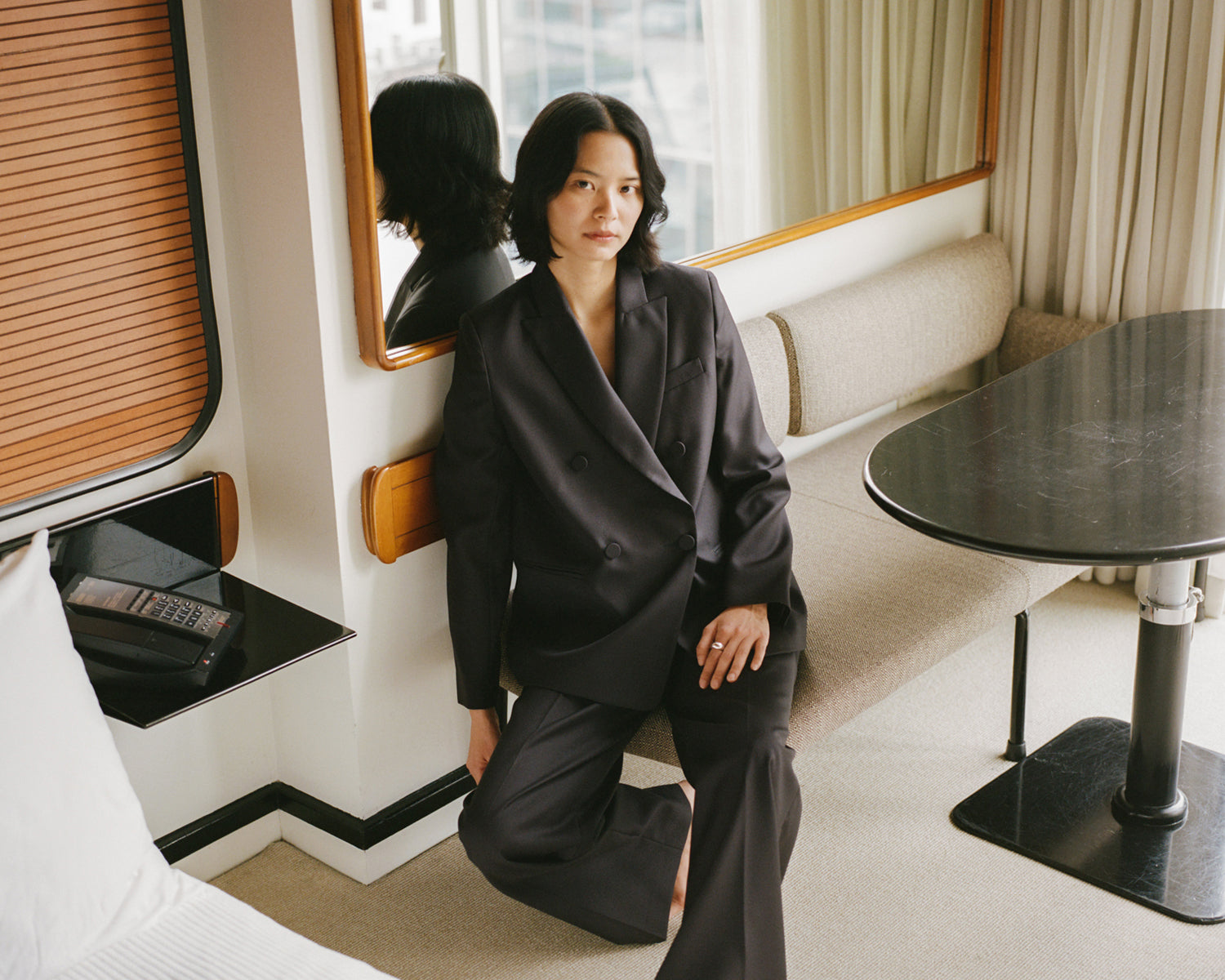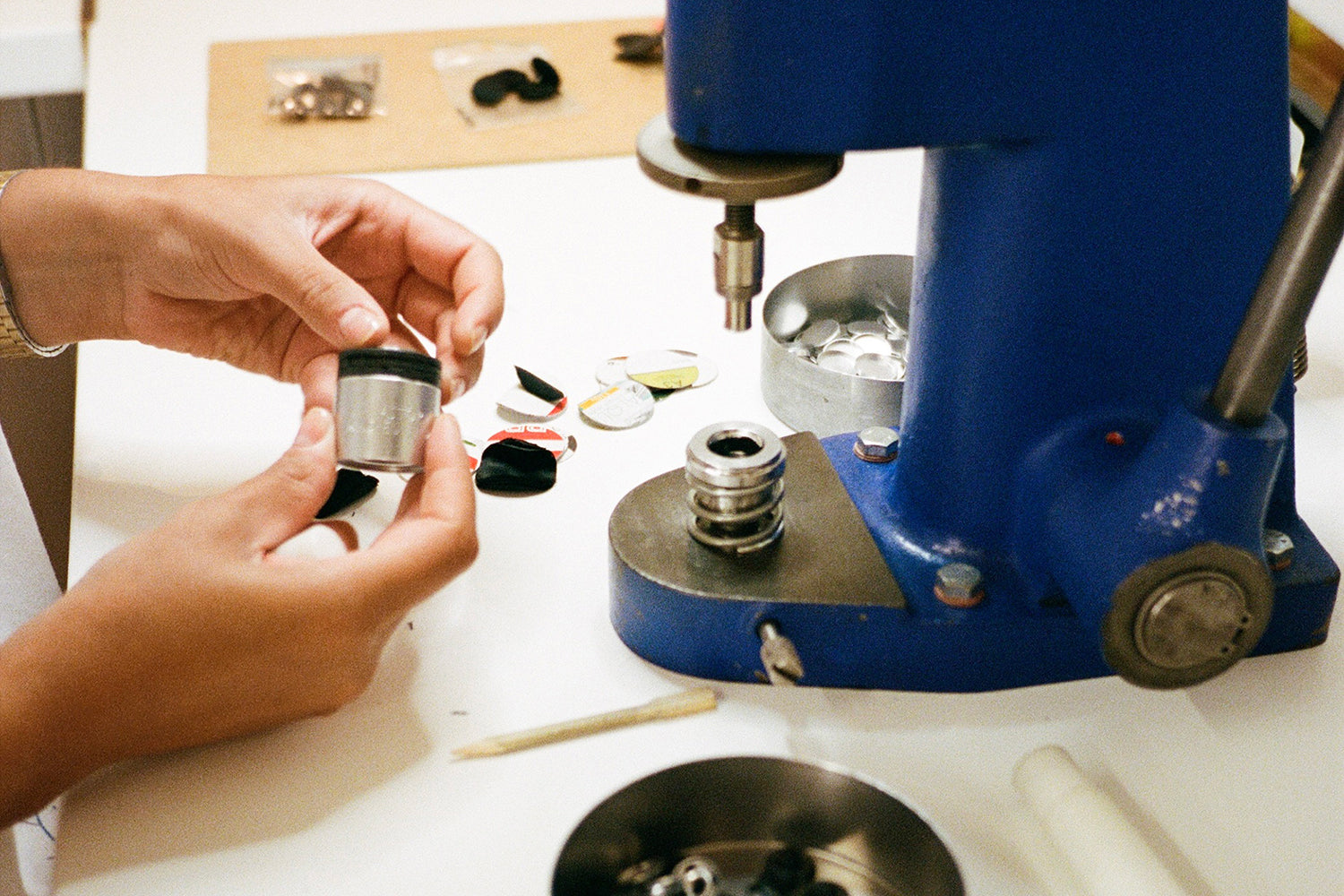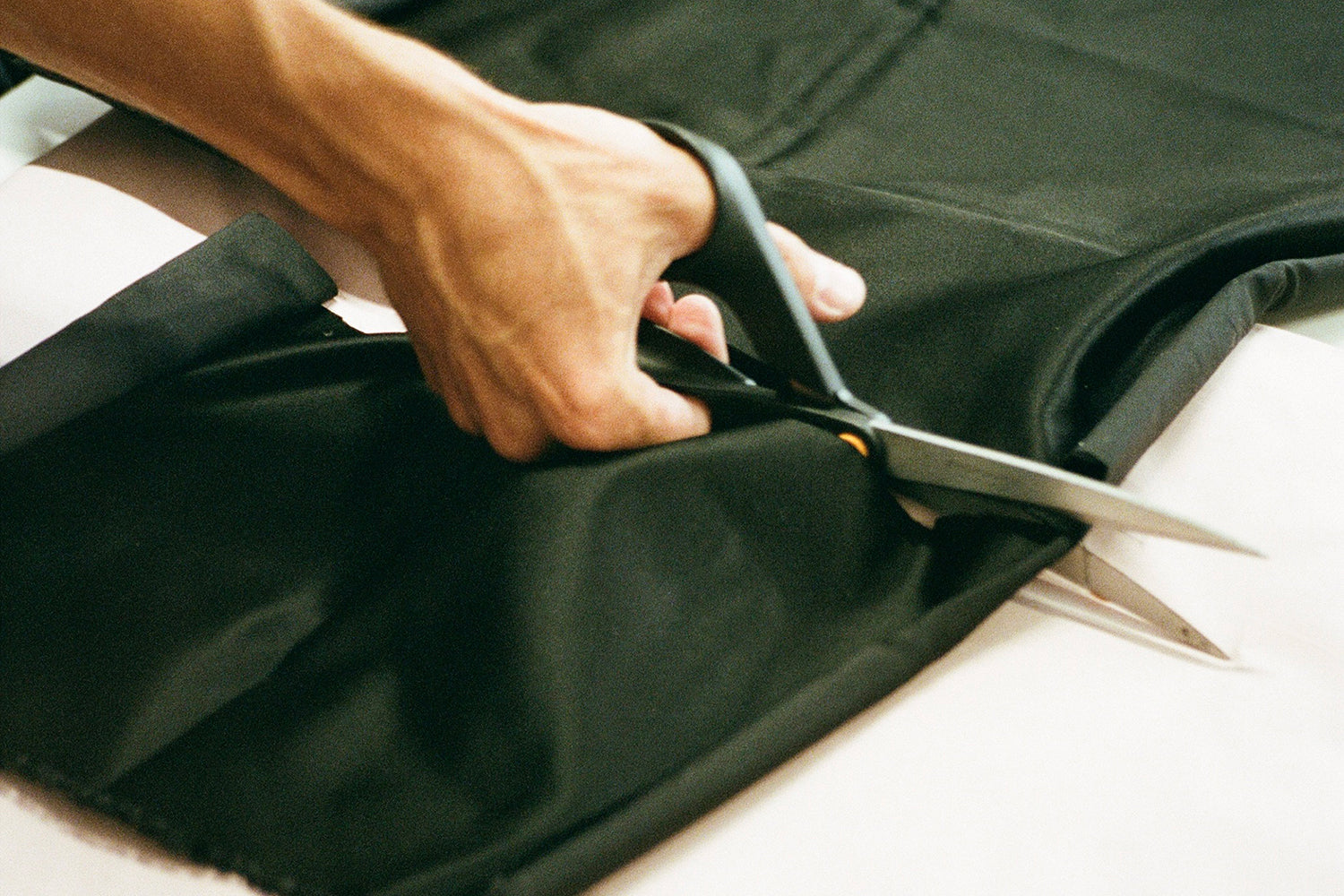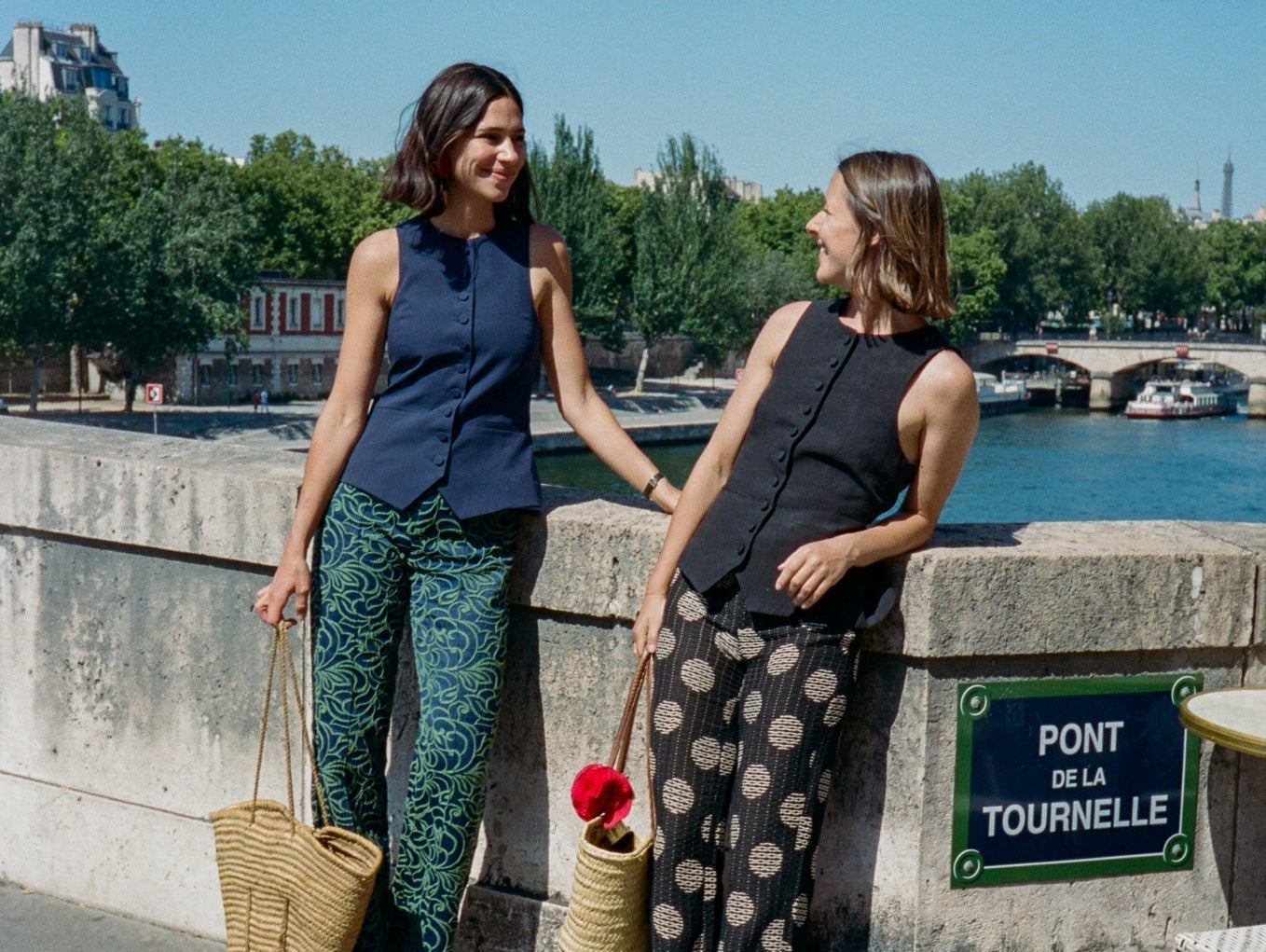
The History of the Waistcoat
Today perceived as a "fashionable" piece, the waistcoat is nevertheless an essential piece in the history of costume. A central element of the famous three-piece suit, it was long reserved for men before being reinterpreted and adopted by women. A look back at the evolution of this discreet but symbolic garment, from the court of the Sun King to contemporary catwalks.
1666: A Persian-inspired play enters the English Court
The history of the European waistcoat truly began in 1666. Charles II of England, back on the throne after a period of civil war, introduced into men's wardrobes a piece directly inspired by Persian fashion: a fitted garment worn under a jacket, often long and ornate.
The idea was to structure the male silhouette and lay the foundations for an official outfit that all men of the court would have to adopt. Charles II imposed the wearing of the waistcoat, the ancestor of the waistcoat, alongside the long coat and baggy trousers. The idea: to set a standard and embody the restored stability of the monarchy.
18th century: The waistcoat, a ceremonial piece
In the 18th century, the waistcoat became a ceremonial piece. It was often more ornate than the jacket itself: embroidery, colored silks, precious buttons. It expressed social rank, taste, and refinement. It was long, sometimes reaching to the knees, and played a central role in the appearance of men's clothing.
But at the end of the century, with the French Revolution and the rise of the bourgeoisie, pomp faded in favor of sobriety. The waistcoat became shorter, more functional, and fitted more discreetly around the body. We entered the era of sartorial restraint.
19th century: The waistcoat at the heart of the three-piece suit
It was in the 19th century that the waistcoat found its definitive form: a sleeveless, buttoned piece worn under a double-breasted jacket. It became a key element of the three-piece suit, a symbol of bourgeois seriousness, discipline, and professional status.
At that time, every detail was codified: the waistcoat was made from the same fabric as the trousers and jacket for the most formal outfits, or from a contrasting fabric for a more personal style. It was also a practical garment, allowing one to hide trouser suspenders, a shirt, or a pocket watch attached by a chain.
The tailored waistcoat, a man's thing?
For centuries, the waistcoat remained almost exclusively masculine. It belonged to the realm of tailoring, uniforms, and power. Women still did not have access to it, except through marginal or provocative figures.
It wasn't until the early 20th century that the first women adopted this piece. Gabrielle Chanel introduced a feminine wardrobe inspired by masculine comfort, but the waistcoat remained in the background. It took Marlene Dietrich in the 1930s to give the waistcoat a new lease of life, in a feminine way, in androgynous and cinematic silhouettes.


1960s-1980s: The tailored waistcoat becomes more feminine
Starting in the 1960s, the trouser suit began to enter the women's wardrobe. The waistcoat slowly followed, often in three-piece ensembles designed as a feminine version of the men's suit. Yves Saint Laurent included it in certain silhouettes, as did Jean-Paul Gaultier, who played with gender.
In the 1980s, as women entered the workplace in large numbers, the tailored waistcoat emerged as a key piece of power dressing. Worn open or fitted, alone or layered, it symbolized a stylistic takeover: neither a shirt nor a jacket, but a bold in-between.
The 2000s and today: The vest reinvented
Long relegated to the background, the cardigan made a strong comeback in the 2000s, worn next to the skin, cropped, and often mismatched. The catwalks are once again taking hold of it.
Today, it has become a key piece in women's wardrobes: worn alone as a top, over an oversized shirt, or in a reimagined three-piece silhouette. It embodies both a return to sophistication and freedom of stylistic interpretation.


The vest at Facettes Studio
At Facettes Studio, we see the tailored vest as a piece in its own right: elegant, assertive, and timeless. Designed to suit all body types, our vest pairs just as well with matching tailored pants as it does with high-waisted jeans or a flowing skirt.
Neither too fitted nor too wide, it's designed to enhance the silhouette without restricting it. Worn alone or layered, it adapts to the seasons, desires, and styles. Every detail, from the button to the lapel, is designed to offer a controlled, but never rigid, look.
The tailored waistcoat: a piece steeped in history, anchored in the present
From a symbol of monarchy to a garment of power, the tailored waistcoat has survived the centuries without ever losing its purpose: to structure, reveal, and affirm. Long an accessory, it is now a piece in its own right in the women's wardrobe, steeped in history yet anchored in the present.
Whether it evokes the elegance of a dandy or the allure of a free woman, the waistcoat is more than ever a piece of personal expression.


















































